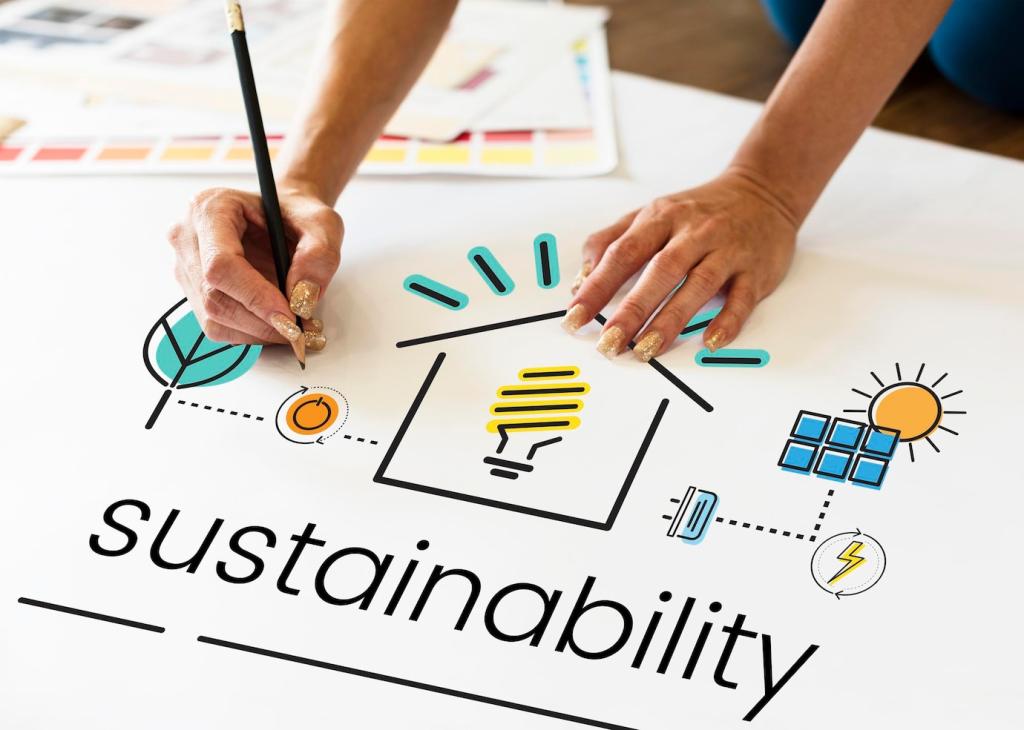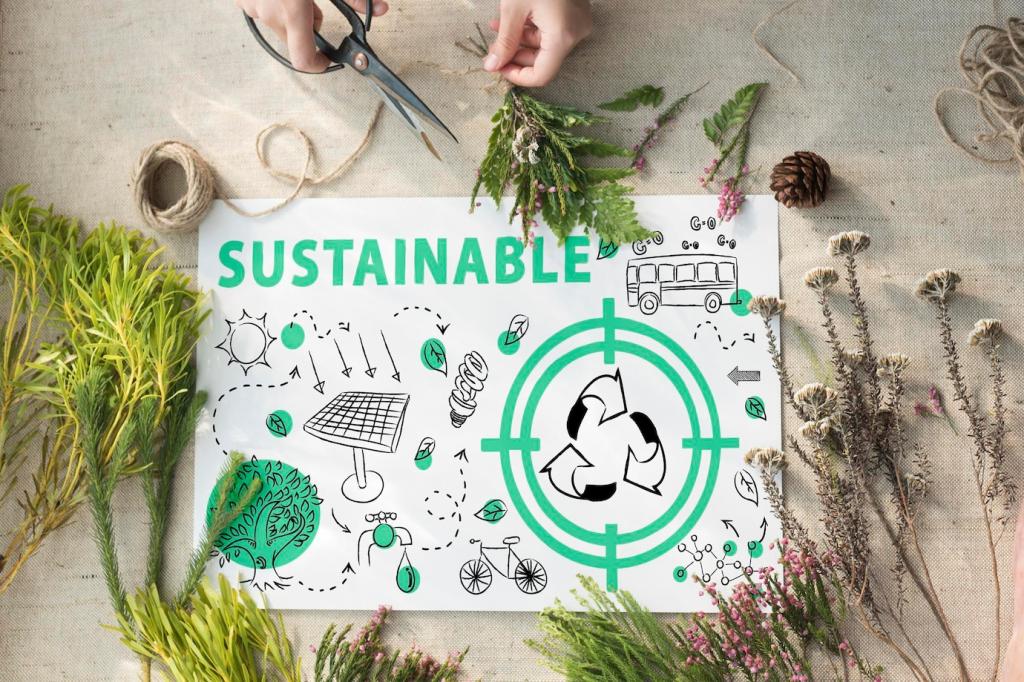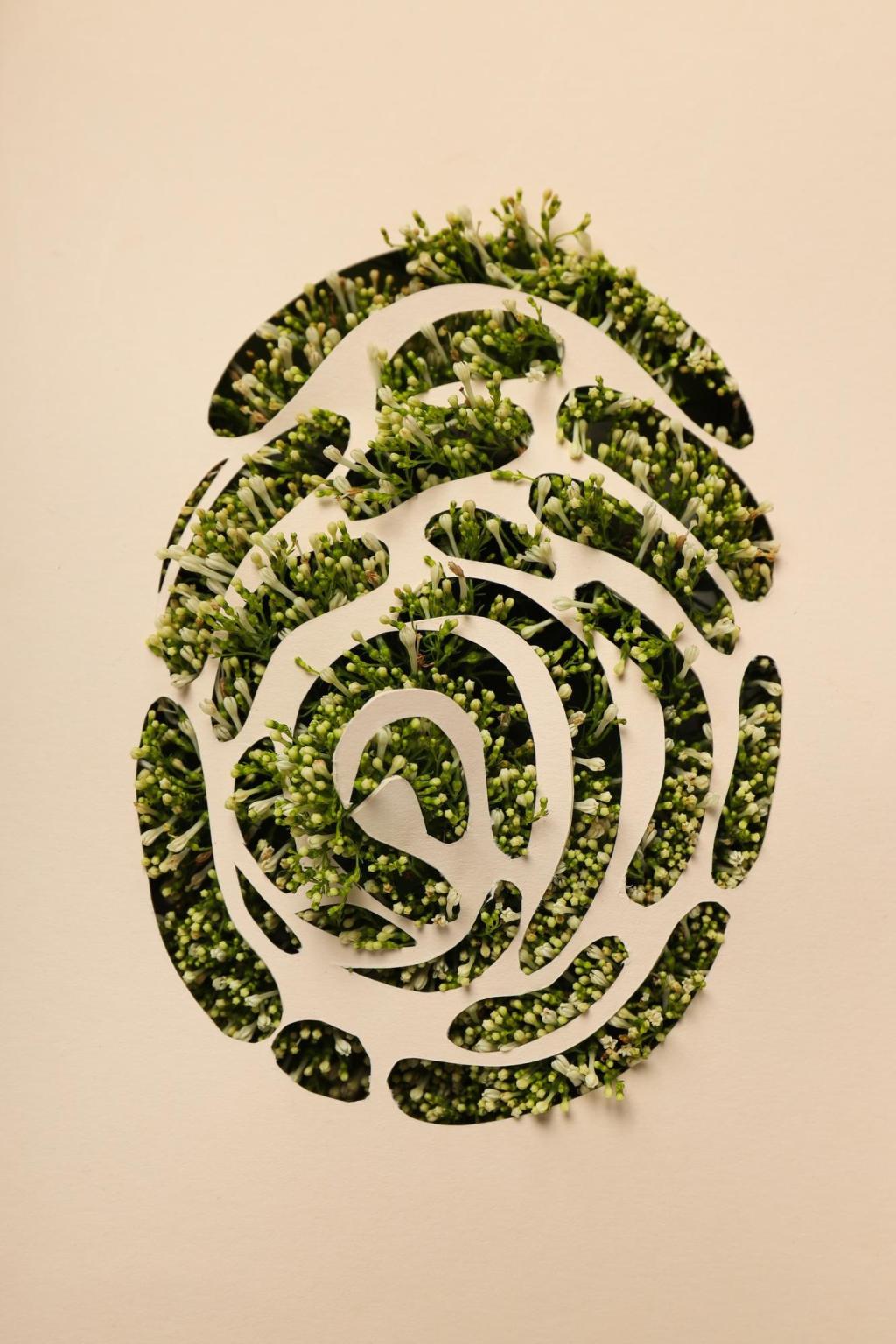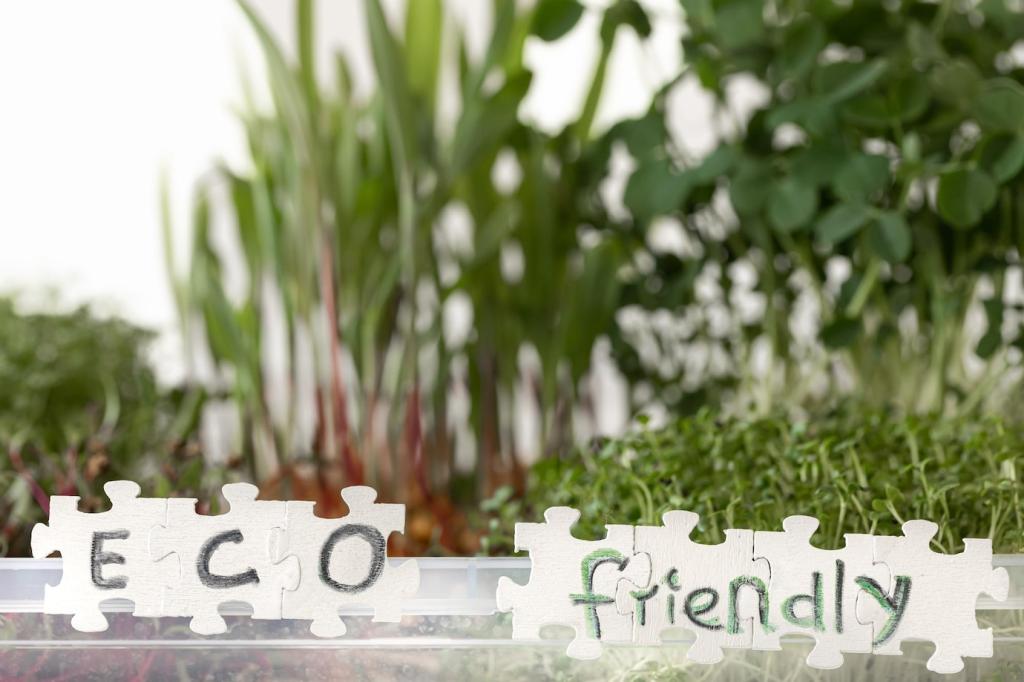The Future of Upcycled Furniture in Interior Design
Chosen theme: The Future of Upcycled Furniture in Interior Design. Step into a future where discarded materials become signature pieces through design foresight, clean technology, and meaningful storytelling. Explore how the next wave of upcycling transforms homes, and share your own projects, questions, and ideas in the comments—then subscribe for ongoing inspiration.
Smart Material Sourcing
Expect computer vision to identify reusable hardwood grains, detect hidden fasteners, and map stress cracks before you even lift a pry bar. Blockchain-like provenance records will track every plank’s journey, reassuring designers and homeowners. Curious which tools belong in your toolkit? Comment with your project goals and we’ll recommend tech that fits.
Bio-based Innovations
Mycelium composites, algae dyes, and hemp-based resins are stepping in where petrochemicals once dominated, creating strong, low-toxin components from agricultural byproducts. Imagine a coffee table core grown like a mushroom, finished with plant oils. If you’ve tested a bio-finish or fiber panel, share your results so our community can learn together.
High-Performance Finishes
Waterborne polyurethanes, plant-derived hardwax oils, and durable powder coatings for metal frames are reducing odors and emissions without sacrificing protection. New UV-cured systems shorten curing time and increase scratch resistance. Have a favorite eco-friendly finish for a busy household? Tell us what worked—kids, pets, and parties included.
Design Aesthetics: From Patchwork to Polished Luxury
Minimalist Upcycling
Think crisp silhouettes and calm planes that let reclaimed oak end grain or patinated brass become the hero. Fewer visual seams, smarter joinery, and tonal finishes elevate humble stock into gallery-ready pieces. If you love serenity, share a photo of your simplest upcycle—subscribers may see it featured in our next roundup.
Heritage-Forward Mashups
Mix mid-century legs with industrial tabletops, or pair Victorian drawer fronts with sleek steel frames. This curated collage aesthetic honors history while feeling intentional and contemporary. Tell us your favorite era to remix, and we’ll craft a guide that maps classic lines to compatible reclaimed components.
Color and Texture Futures
Expect muted mineral palettes—sage, clay, chalk—set against deep textures like wire-brushed oak, sand-cast aluminum, and linen-laminated panels. A single bold lacquered accent can spotlight the transformation story. What textures make you feel grounded at home? Drop your preferences and get custom pairing tips in our newsletter.

Circular Business Models and the Home
Subscribe to a dining set made from reclaimed joists, then swap leaf sizes for holidays or trade finishes after a kitchen renovation. Repairs are bundled, keeping pieces in circulation. Would this work for your lifestyle? Tell us what you’d rotate seasonally and we’ll forecast ideal service tiers in a future post.
Circular Business Models and the Home
Local maker collectives are turning demolition waste into curated parts libraries—legs, panels, pulls—ready for designers and homeowners. Shared tools and workshops lower barriers for beginners. If your city needs a hub, comment your neighborhood; we’ll connect readers and share a DIY blueprint for getting started.




Sustainability Metrics and Home Health
Measuring Impact
Compare embodied carbon of reclaimed hardwood to new MDF, factoring in transport and finishing. Track avoided waste by weight and volume. Even a single desk can divert significant material from landfill. Want a simple calculator? Comment “calculator” and we’ll send an easy spreadsheet to newsletter subscribers.
Indoor Air Quality
Choose adhesives with low formaldehyde emissions and vet sealants for VOC content. Ventilate during curing, and favor finishes certified for sensitive spaces. If you’ve experienced odors from a product, share the brand and timeline; community data helps everyone make healthier choices in future projects.
Longevity and Modularity
Design for disassembly so legs, tops, and hardware can be replaced independently. Specify standard fasteners and leave space for future upgrades. Which part fails first in your home—hinges, finishes, or tops? Tell us and we’ll publish a modular design checklist aimed at those weak points.

Practical Guide: Bringing Future-Proof Upcycling Home
Entry: a bench from reclaimed stair treads. Living: a coffee table with mycelium core and salvaged glass. Kitchen: stool seats from gym bleachers. Bedroom: wardrobe doors skinned with linen offcuts. Which room will you tackle first? Comment and we’ll reply with a tailored micro-plan.
Tech-Enabled Customization for Upcycled Pieces

Place a 3D model of your upcycled console in your hallway at true scale, then swap finishes or leg profiles before cutting a single board. If you’ve tried an AR app, share the name and your verdict so others can pick the right platform with confidence.
